Every neighborhood has one—that one neighbor who consistently outshines the rest. This time of year is particularly vexing for some, as people begin to fill their flower beds with beautiful bedding plants and hang colorful baskets by the front porch. Maybe you’ve wondered how someone can make their flowers grow so well, and perhaps you’ve thought it would be too hard and time-consuming to attempt it yourself.
Think again.
Growing a beautiful flower garden—big or small—is actually not that hard; with the proper selection of plants and a few care instructions you can have your patio, deck or yard bursting with color in no time. When starting a flower garden, you’ll need to begin by choosing plants that will thrive in your lighting conditions. At our latitude, you can often get by with placing shade-loving plants in partial sun locations—even in the heat of summer, the sun’s rays aren’t direct enough to burn many shade-lovers. Consult your local nursery if you’re unsure what to plant where.
That said, let’s review some plants that will give you maximum color with minimal maintenance. For sunny areas, you have a wealth of choices to make your flower beds burst with color. Geraniums are a great option for gardeners wanting a solid block or row of color. Though you will need to deadhead the flowers to keep them blooming, no pruning or further maintenance is required. In fact, since geraniums are able to withstand a light frost, you may be able to enjoy them well into autumn.
For more shaded areas, one plant in particular has grabbed the attention of gardeners nationwide. New Guinea Impatiens, though introduced domestically in the 1970s, have only recently gained popularity. With oversized blooms set on glossy, serrated leaves, they steal the spotlight from the more common varieties of impatiens frequently seen in shade gardens.
As homeowners trend toward smaller yards, gardeners need to make the most impact with small spaces; therefore, many people are choosing to plant or buy hanging baskets to decorate their front porch or deck. Often referred to as “Lynden baskets,” these mixed baskets contain various trailing annuals that need little or no maintenance (other than water and fertilizer, of course!). One frequently-used plant is calibrachoa, commonly called “million bells.” Available in dozens of colors, calibrachoa is a prolific bloomer that needs no deadheading and is well-suited for sun or shade; moreover, it can take both heat and light frost with no problem. With these characteristics, many gardeners enjoy it in their hanging baskets, either in mixtures of various colors of the plant or complemented with other trailing plants.
In the past, having a beautiful flower garden meant spending countless hours fertilizing, deadheading, and pruning; today, gardeners have many more options for vibrant color with minimal care. In order to make your garden beautiful, you will, however, need to do two things: water and fertilize. Hanging baskets and planters—anything in a container—will require close monitoring and daily watering through summer to keep foliage and flowers looking fresh and to avoid burning. Flowers planted directly in the ground will also require regular watering, though they won’t dry out as quickly. A water-soluble fertilizer like Jack’s Classic will promote plant growth and blooming and is necessary for high-quality results.
Consult your local independent nursery for more suggestions on what would do best in your garden and what other care tips they can provide. With a little help, quality plants, and a desire for success, you too can have a garden that’s the envy of the neighborhood.


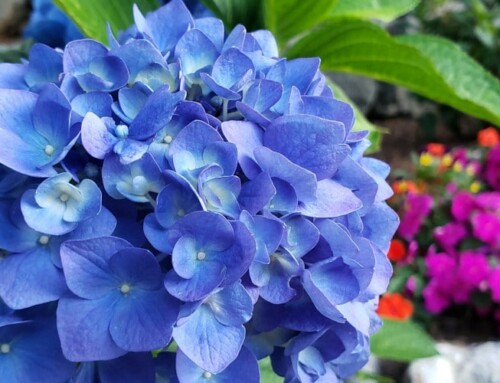
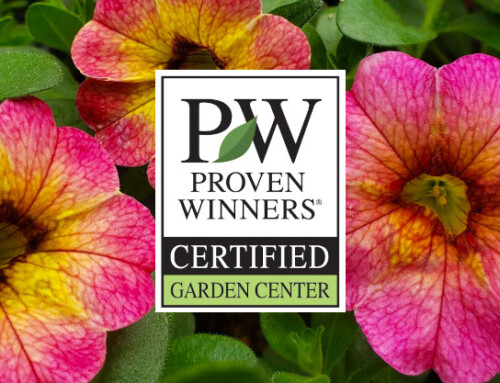
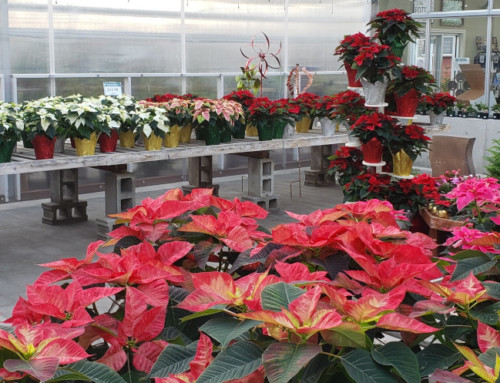
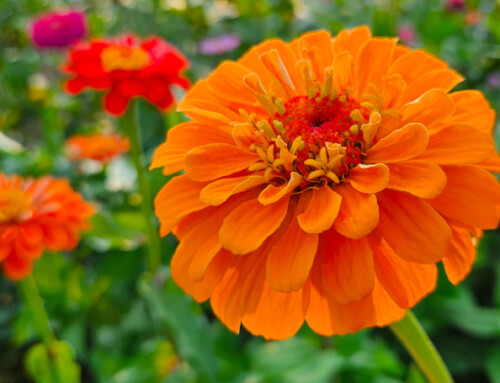
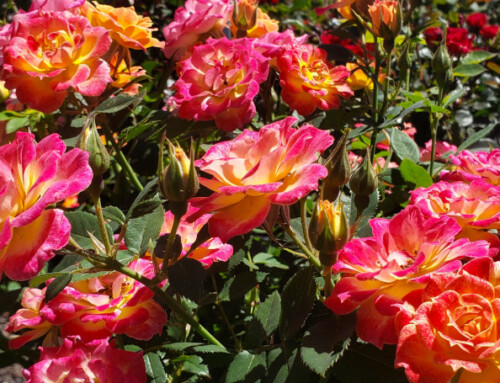
Leave A Comment